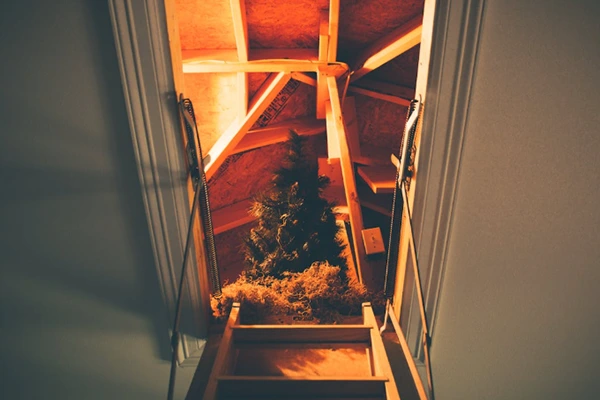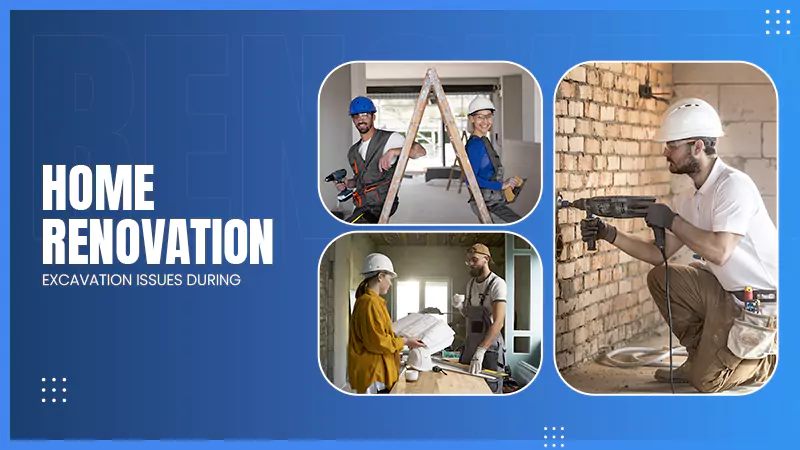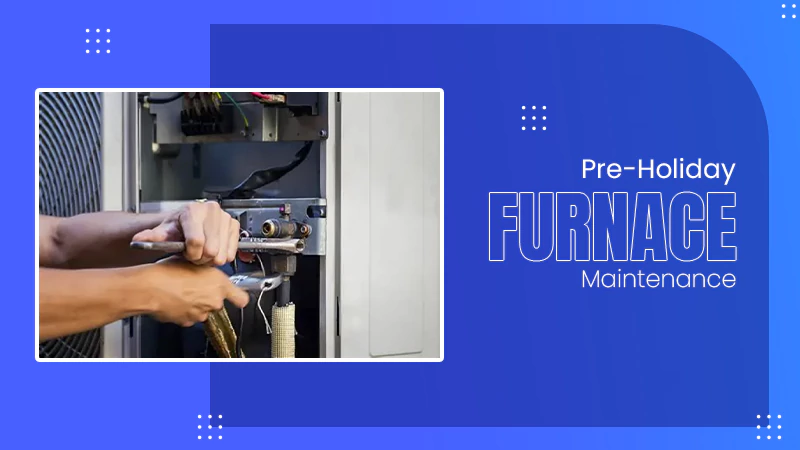
Neglected spaces are often the first places where moisture builds up, pests settle in, or structural problems start. The issue isn’t always about lack of care. It’s that some areas just don’t cross people’s minds during regular upkeep.
Many homeowners focus on visible areas like floors, windows, and counters. But the real problems often start in hidden corners. You might not see anything wrong, but damage could still be happening. Over time, that can lead to leaks, mold, or even infestations.
This article covers some key spaces that often go unnoticed but could be compromising your home’s safety and comfort.
1. Crawl Spaces That Collect Trouble
Crawl spaces are usually dark, tight, and damp. That’s exactly why they’re so easily ignored—and why they’re such high-risk zones. These spaces are often out of sight but can become perfect environments for mold, mildew, and pests. Some homeowners aren’t even sure how to access theirs, so problems can go undetected for years.
Moisture is the biggest issue in crawl spaces. It seeps through the ground and sticks around because of poor airflow. That encourages bacteria and pests to settle in.
If you live in a high-humidity area and suspect activity in these zones, services like Forest Pest Control can help assess the issue and provide pest-specific treatments. Their specialists use an Integrated Pest Management approach to control infestations with minimal product and lasting results.
2. Attics Often Hide More Than Dust
Attics tend to be used for storage, if at all. That means most people only go up there once or twice a year—if they even go at all. But attics can be prime spots for serious issues. Poor ventilation leads to trapped heat and moisture, which can damage insulation or even cause wood to rot.
When attics stay humid, they can also attract pests. Rodents, insects, and even birds sometimes nest in insulation or corners where no one looks. It’s also where you might first spot signs of roof leaks—stains on the wood or insulation, damp spots, or a musty smell.
Make it a habit to check your attic at least once every season. Look for droppings, signs of gnawed material, or mold patches. A flashlight and a few minutes of your time can save you major costs later.
3. Behind Appliances Where Dust Meets Decay
You clean your kitchen, but when’s the last time you moved the fridge or stove? The spaces behind large appliances can collect food crumbs, grease, and moisture. All of that makes them perfect for attracting ants, cockroaches, and even mice. These areas also trap heat, which can damage wires or insulation if left unchecked.
What’s more, the buildup can affect how well your appliances work. Dust and debris behind a refrigerator, for example, can clog the condenser coils, forcing the motor to work harder and raising your energy bill.
Once every few months, pull appliances out just enough to vacuum and wipe down the wall and floor. It doesn’t take long, but it makes a big difference in both cleanliness and safety.
4. Under Decks and Porches Where Moisture Builds
The area beneath your deck or porch gets almost no attention. It’s usually shaded, damp, and packed with leaf debris—all of which attract pests and weaken the materials over time. Wood in contact with soil or plants is especially vulnerable to rot or termite activity.
In wet climates, water runoff can collect in these spaces and create standing pools, which also attract mosquitoes. If the space isn’t enclosed or blocked off, animals like raccoons or skunks might take shelter there.
To avoid this, clear out organic debris at least twice a year. If possible, install lattice or screening to limit access. Keep the area dry and well-ventilated to protect both your home and your deck’s lifespan.
5. Utility Closets That Trap Heat and Moisture
Utility closets often hold water heaters, HVAC units, or electrical panels. These small spaces get warm, collect dust, and rarely get any airflow. That makes them easy spots for moisture buildup and mold growth, especially if there’s a small leak you haven’t noticed.
When filters or vents are blocked by dust, systems don’t run as efficiently. That can shorten their life or cause performance issues. Pests like to shelter here too because it’s warm, quiet, and rarely disturbed.
Check these spaces monthly. Clean out any debris or cobwebs. Make sure nothing is stored too close to the equipment, as this can block airflow or become a fire risk. If you notice rust, damp patches, or musty smells, call a technician to inspect the area.
6. Garage Corners That Become Storage Traps
Garages are where people store tools, boxes, and seasonal items. But they often forget to clean behind or under those piles. Cluttered corners create hiding places for pests like spiders, rodents, and silverfish. Cardboard boxes, in particular, attract insects and hold moisture if they sit on concrete floors.
Dust and debris in garages also increase the chance of mildew, especially in humid regions. Poor lighting and ventilation make it easy to miss early warning signs. Nests, droppings, or webbing can go unnoticed for weeks or even months.
Organize your garage with sealed plastic bins and off-the-floor shelving. Sweep the floor and check behind stacks at least once every season. A clean, open space makes it easier to spot problems early.
7. Basement Drains and Floor Gaps That Let Trouble In
Basements with exposed floor drains, cracks, or loose seals can allow water and air to move freely. That can cause humidity spikes or allow insects to enter from below. Older homes often have outdated drain covers that no longer fit properly, leaving gaps that lead straight into plumbing or soil.
These areas are also prone to mold and bacterial growth. If you notice a musty smell or see discoloration around the drain, it’s a sign that there’s more going on beneath the surface. Small insects like drain flies often show up in places like this.
Install mesh covers on floor drains and seal floor cracks with proper caulk or filler. Keeping this space dry can prevent structural damage and stop unwanted guests from creeping in.
Most people take good care of their living spaces but forget about the hard-to-reach or rarely used areas. That’s where issues start—slowly, quietly, and often out of sight. Moisture, clutter, and small gaps are more than just cosmetic concerns. Left unchecked, they can invite pests, cause health risks, or lead to expensive repairs.
By taking time every few months to check these overlooked spaces, you can avoid major damage and make your home safer. You don’t need fancy tools or special training—just attention and consistency. And when things feel out of hand, professionals can help you assess and protect those hidden trouble zones.
These small habits go a long way in keeping your home clean, secure, and long-lasting.






